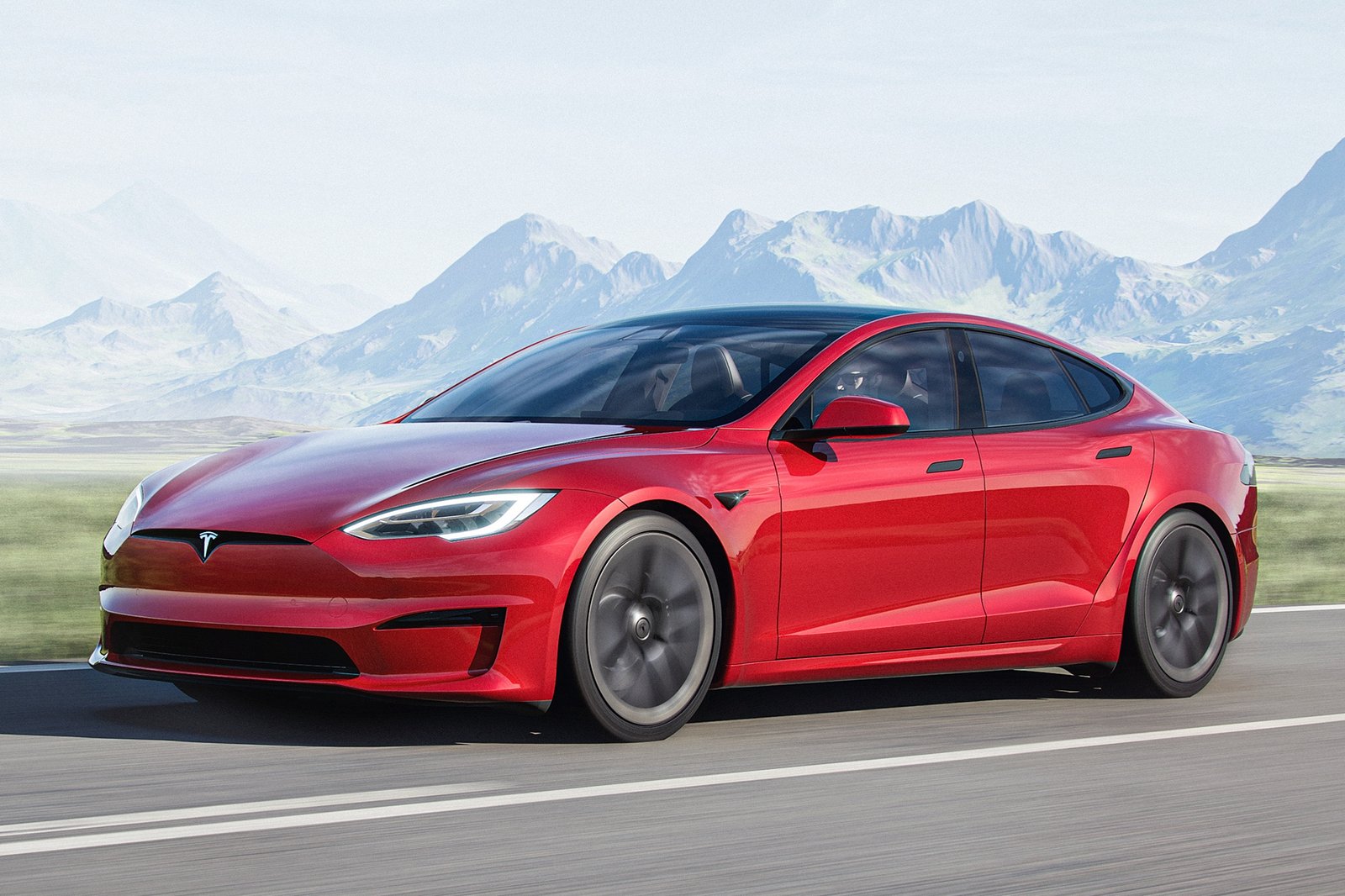
Take the Tesla Model S, for instance. The base model can travel 405 miles on a single charge, more than most EVs offer. Add the expansive Tesla Supercharger network into the mix, and you’ve got a car that can easily travel longer distances compared to other electric vehicles. And it’s a similar story with long-range EVs, with the study noting they are driven more than lesser EVs.
However, these vehicles tend to err on the pricier side of the market, with examples including the Fisker Ocean Extreme, Mercedes EQS, and Lucid Air.
As we know, electric vehicles emit zero emissions (from the tailpipe), which makes them popular with environmentally conscious buyers. However, when driven shorter distances, their impact is diminished, according to John Paul Helveston, co-author of the study.

